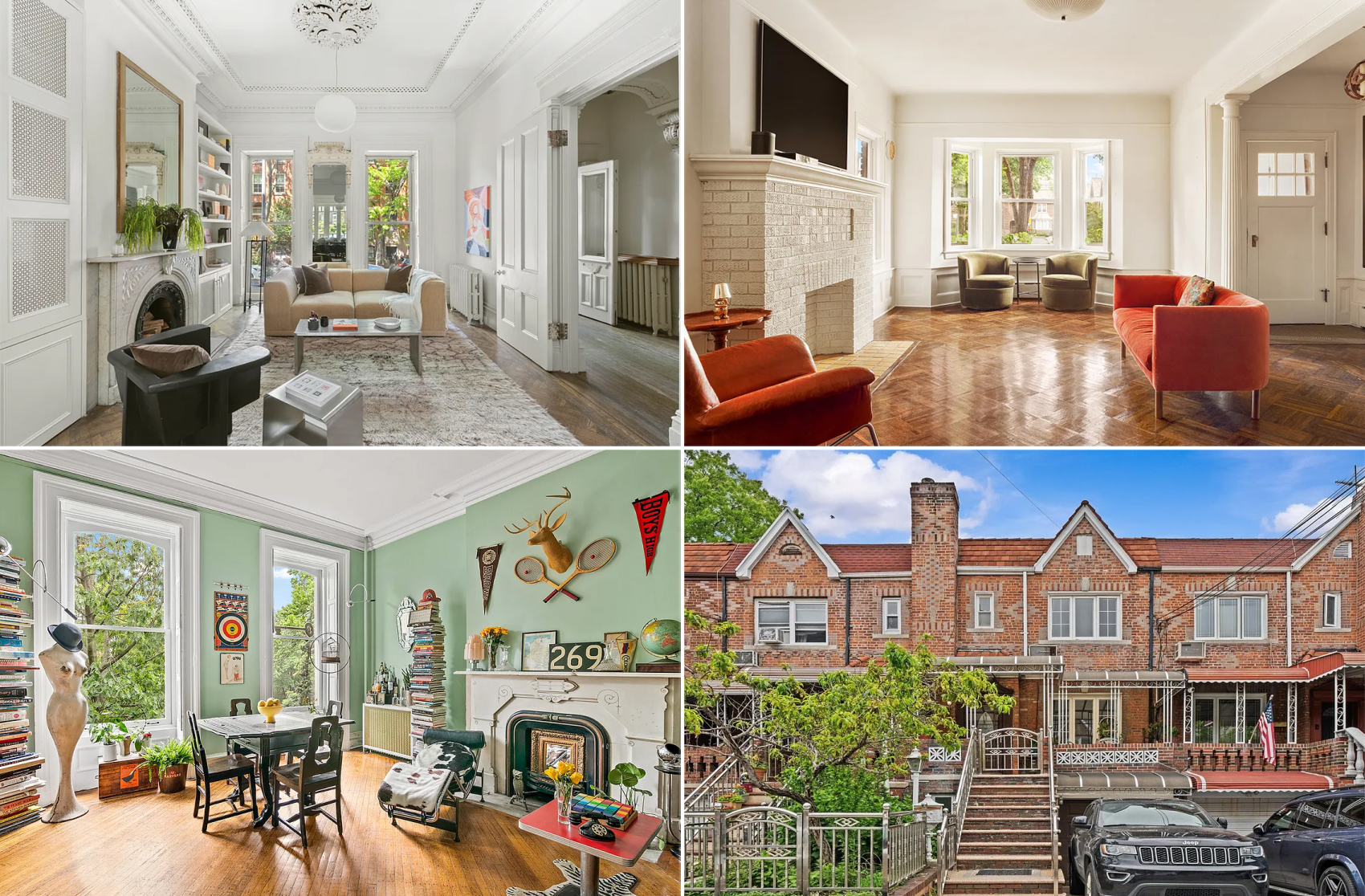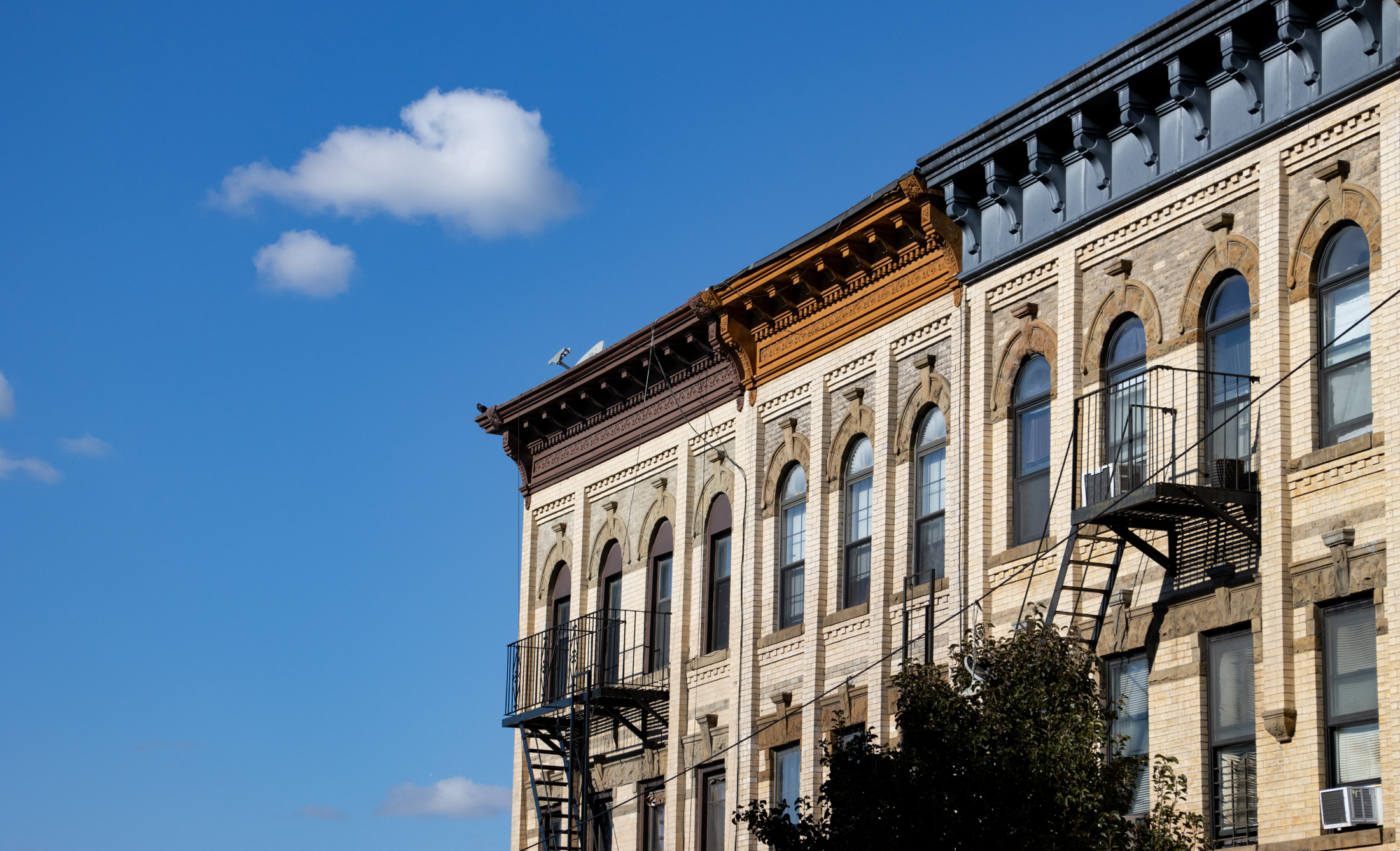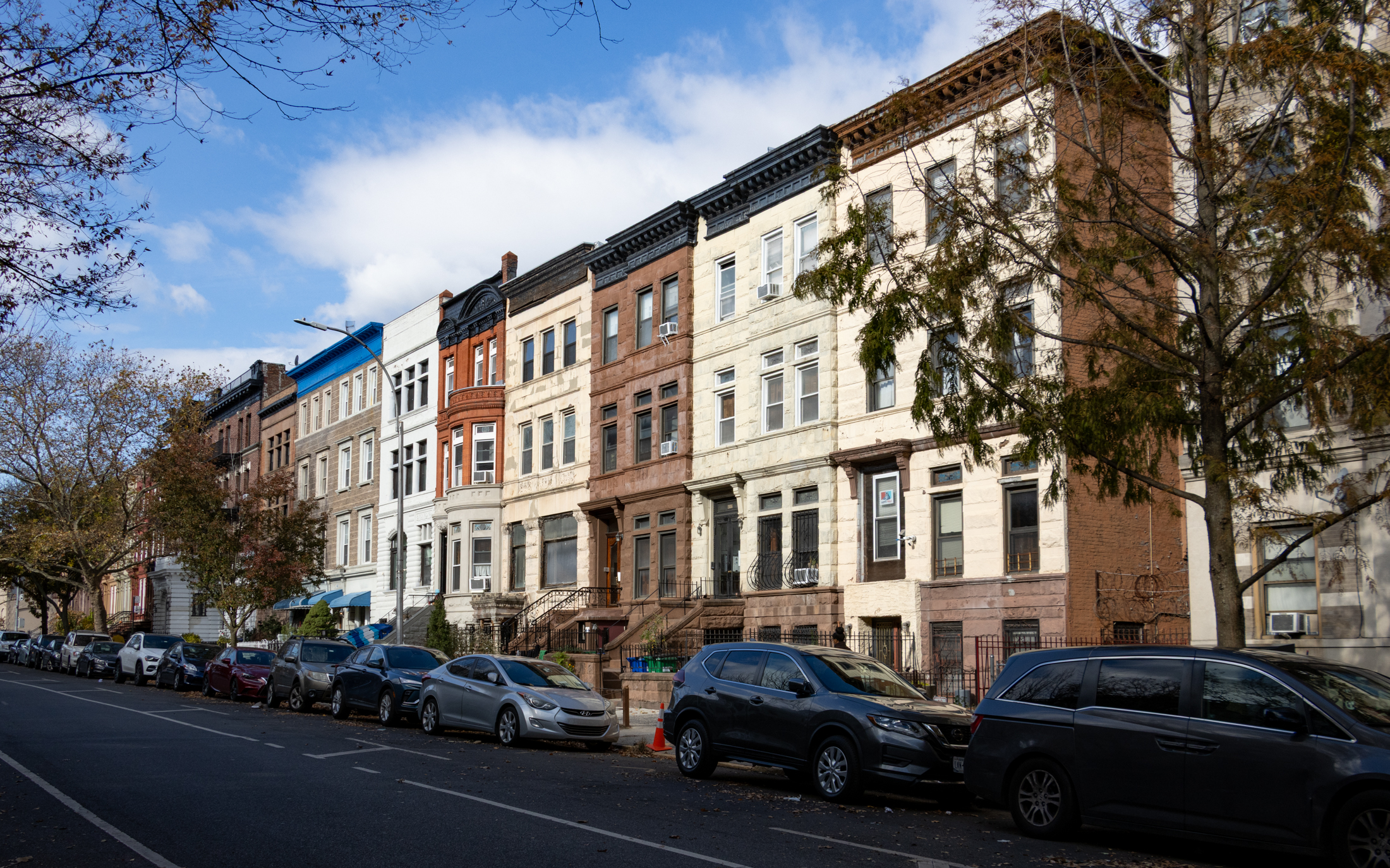160 Imlay Street: A Sacrificial Lamb?
Driving past 160 Imlay Street in Red Hook last weekend, all we could think to ourselves was, “What a waste.” Here’s a site that was sitting unused generating no tax dollars for the city or revenues for neighboring business when its owners received a variance in December 2003 to convert it into a mixed-use building…


Driving past 160 Imlay Street in Red Hook last weekend, all we could think to ourselves was, “What a waste.” Here’s a site that was sitting unused generating no tax dollars for the city or revenues for neighboring business when its owners received a variance in December 2003 to convert it into a mixed-use building with residential on the upper floors and retail on the lower. Within weeks, however, a coalition called the Red Hook/Gowanus Chamber of Commerce, whose ostensible raison d’etre was to preserve and promote the industrial character and usage of the neighborhood, sued to reverse the BSA decision and squash the project. Why? Hard to say exactly. Some believe the group’s heart is in the right place; others charge that it’s basically a front for certain players in Red Hook to protect their own interests. One thing’s for sure: The fact that one of the Chamber’s leaders and largest land owners in the area, Greg O’Connell, has since leased out the floors above yuppie-mecca Fairway as market-rate apartments while the competition on Imlay Street is tied up in litigation hasn’t exactly strengthened the group’s credibility. Meanwhile, the politicians have been too chicken to do anything that could possibly be perceived to be anti-industry in the area, though we can’t see why the debate has to be reduced to an unnuanced either/or choice between jobs and housing. While there are certainly residents who don’t want the neighborhood to change, it’s hard for anyone to argue that the status quo is either working or the best allocation of scarce resources in an overcrowded city. So what of 160 Imlay? Another round of appeals was heard in October but no decision has yet to come of it. In the meantime, the building and the surrounding lots continue to sit undeveloped, derelict and not doing anyone any good—not the longshoremen, not the tourists arriving on cruise ships and certainly not the nearby restaurants and shops that could use the extra business generated by a couple hundred more units of housing in the area.
Crumbling Hopes for 160 Imlay Street? [Brownstoner] GMAP P*Shark DOB





I work at a non-profit that provides several business services to the manufacturing and industrial businesses that are located in Red Hook and can attest to the growth of these sectors in the last 20 years. We have done door to door surveying in the area and have counted no less than 455 businesses supporting 3937 jobs. These stats do not include any sort of extrapolation (we couldn’t access all businesses and some did not want to disclose their employment stats), so the actual job count is significantly higher. This same survey found less than a 3% vacancy rate for industrial property in Red Hook (as well as neighboring Gowanus, and less than a 1% vacancy rate in Sunset Park). 5% is considered a healthy vacancy rate.
People these days constantly hear about the exodus of manufacturing businesses from the Unites States, but businesses that have held on in Brooklyn, in communities like Red Hook, have done so because they service the local economy. They bake the bread that is served at Manhattan hotels and restaurants, they service the photocopying machines that keep our companies running, and they mix the concrete that is literally building New York City.
Not only do they provide us with countless services, but they provide valuable blue collar jobs. Manufacturing jobs on average pay more than $10,000 a year more than do retail and tourism jobs, often include health insurance, and teach employees with transferable skills. More importantly, they provide opportunities for people that do not have a high-school (let alone a college) degree, do not speak English, may have spent time in prison, or have other barriers to employment. In fact, city-wide, 58% of the manufacturing sector has a high school degree or less and 20% of the manufacturing sector has limited English capabilities. Especially when looking at the socio-economics of a community like Red Hook, where 70% of the population lives in public housing (according to the 2000 census), you begin to understand why such a community in fact benefits from its manufacturing zones, much more than it would from luxury housing.
On a final note, I think its worth mentioning that the property owner of 161 Imlay Street also owns several multi-storied (near) fully tenanted industrial buildings in Sunset Park. While the city may have stopped their effort to convert this property for residential use, there is nothing stopping them from renting the building to light industrial businesses that are looking for a new home.
4:18, if you want activism you have to get home owners who have a stake in the neighborhood. Just look at neighborhoods like Clinton Hill that are really working toward improving their public schools. Or Carroll Gardens where they turned the Carroll School from a mediocre elementary school into one of the best.
Mr. B – Much more nuanced than the typical anti-development rant. Glad to see some objective reporting. Yrs, Guest
4:18,
I absolutely agree with you regarding the Fifth Ave. Committee buildings. But there are other new buildings, that are not affordable housing, that lie vacant. As for the tenants of the Fairway Building, these are renters, and are for the most part, as you said, rich transients. And although they may not be community activists they do play an important part in keeping the local restaurants and stores in business, and with more restaurants and stores will perhaps come more people buying housing, and owners will be activists. I also think that 156 Imlay’s first round of residents will be a much more intrepid than the Sex in the City crowd. But appreciate your point.
Often ignored is the fact that the Supreme Court Justice found that BSA issued the variance illegaly.
4:01,
Maybe having ugly housing stock is Red Hook’s greatest asset? Maybe we don’t want to attract the Sex and the City crowd. As a resident Red Hook resident, I have been completely underwhelmed with the tenants of the Fairway building. These are not engaged and involved citzens that will help bring about positive change – just transient rich folk. However, I believe the influx of new homeowners create by the Fifth Avenue Committee’s buildings (yes, the ugly ones) on Wolcott and Coffey Street will indeed join the the jamboree and engage on important the important social issues affecting RH such as crime, transit schools and jobs.
12:14 have you seen the new residential housing that has been built in the past three years in Red Hook? They are hideous, poorly built and all lie vacant. Developers don’t seem to understand the type of person who might be attracted to living in Red Hook. Living in a giant old shipping building with views of New York Harbor and downtown Manhattan… now that might attract people to the neighborhood.
The law of supply and demand. The less available apts. are in Red Hook, the more that can be charged for the luxury and pseudo-luxury apts. that are there. To those who know the neighborhood well the Red Hook/Gowanus “Chamber of Commerce” is obviously a front for developers who want to make money off of their own properties. There were plenty of great buildings on Beard Street that got demolished for Ikea parking. If someone was really serious about industry they would have sued to keep these. If they did, would they have been suing themselves?
Times change. Imagine what the Columbia Waterfront would be like if it one day becomes an extension of the Brooklyn Bridge Park (which I spend allot imagining will actually get built itself one day). 100 years ago Cobble Hill, Carroll Gardens and Red Hook lived off the jobs that the waterfront generated. Atlantic Avenue was full of bars, restaurants and whorehouses that catered to dock workers. Today Atlantic Ave is a very different place (in fact is has changed greatly in just the last 5 years). There is no doubt that this history is part of the charm and character of these waterfront neighborhoods, but times change. Most of the jobs have moved to New Jersey or simply gone away because of container technology. These neighborhoods are simply different than they used to be and in some ways this is great and in some ways it’s bad (depends on who you are). But the tipping point towards a residential neighborhood turned a long time ago. Trying to make the argument that Red Hook is or should still be an industrial oriented neighborhood is a tough one – (and I hate to say it) even if thats how you make your living.